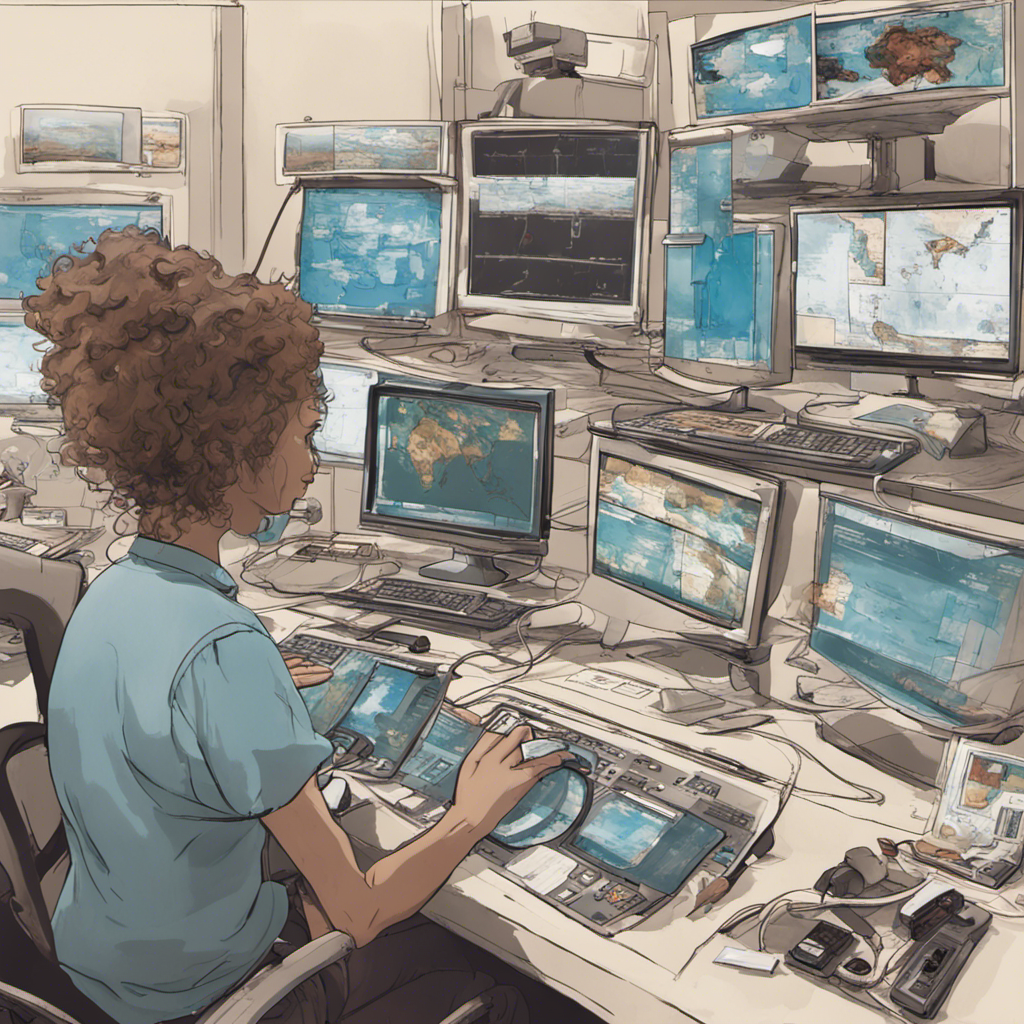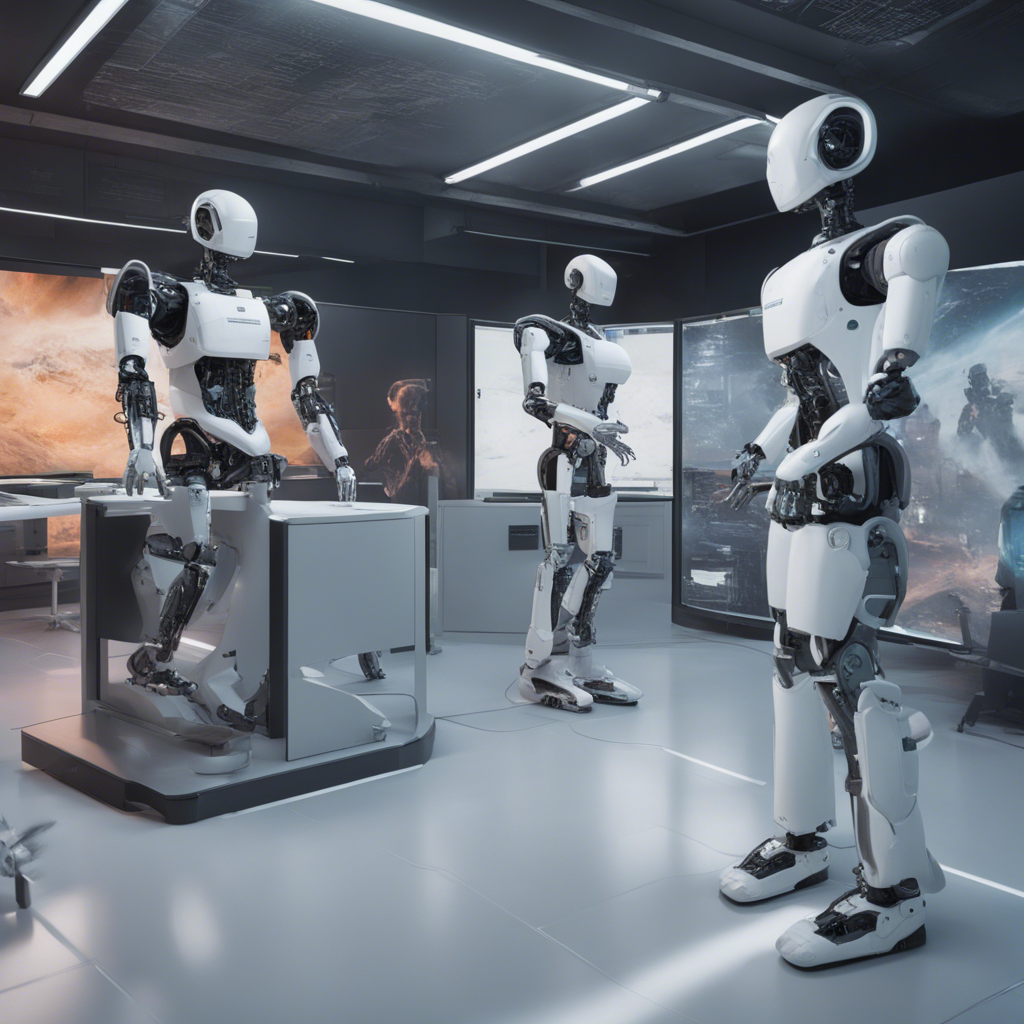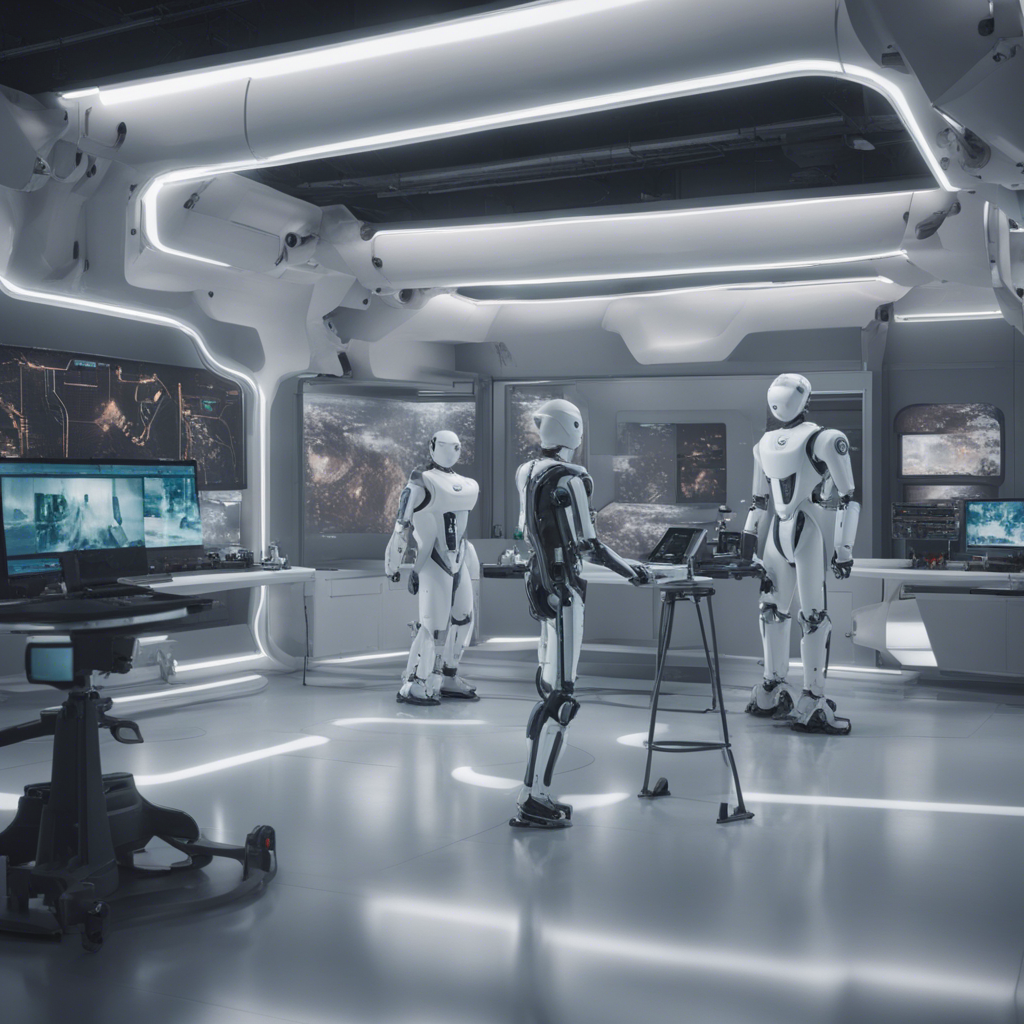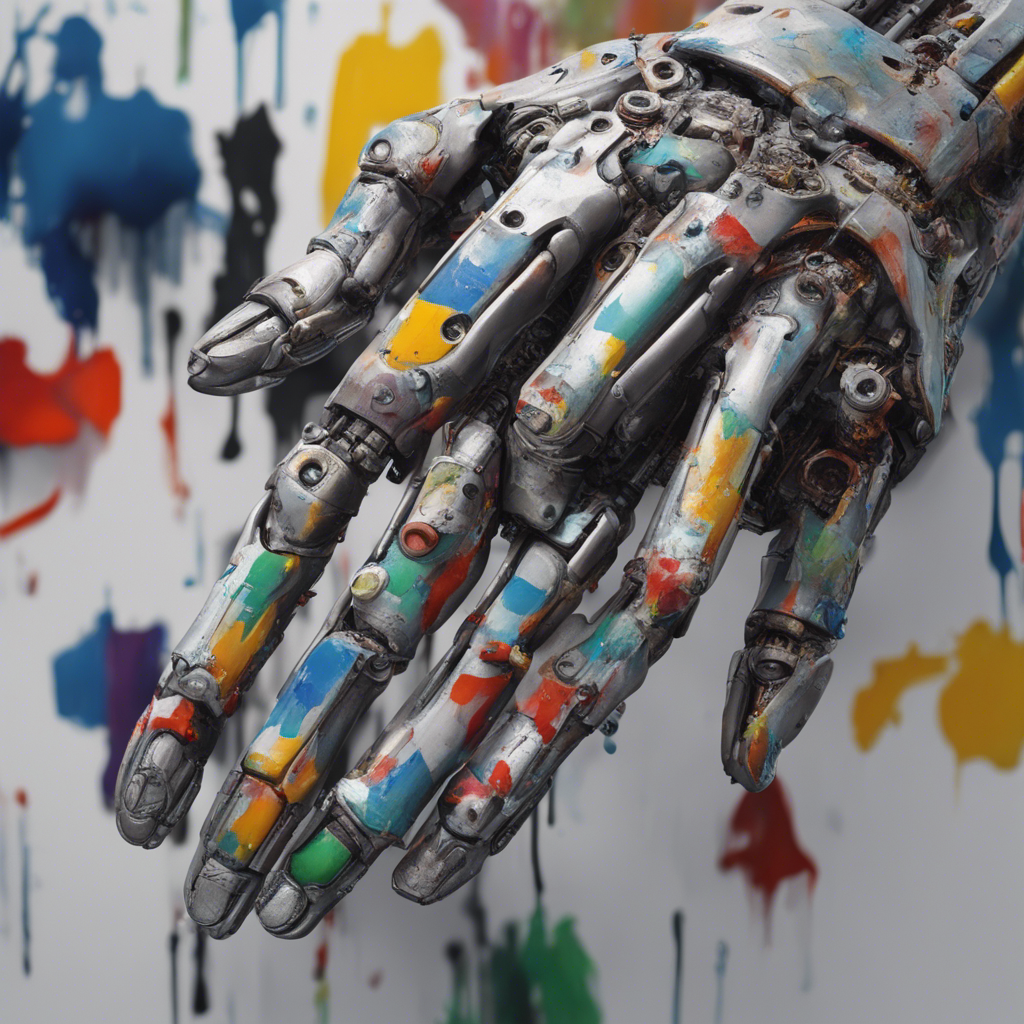
The Future of Robotics: AI-Powered Automation
Robotics and artificial intelligence (AI) have been rapidly advancing fields in recent years. The convergence of these technologies has led to significant advancements in automation, revolutionizing industries and transforming the way we live and work. As we look towards the future, it is clear that AI-powered automation will play a crucial role in shaping the world.
The Rise of AI in Robotics
Artificial intelligence has become synonymous with robotics, enabling machines to perform complex tasks that were once exclusive to humans. Traditional robots were programmed to follow a set of predefined instructions, limited by their lack of adaptability to changing circumstances. However, with the integration of AI, robots can now learn from data, make decisions, and adapt in real-time.
AI algorithms, such as machine learning and deep learning, empower robots to analyze vast amounts of data and acquire knowledge through experience. This ability to learn and evolve enhances their problem-solving capabilities and allows them to operate independently in dynamic environments. As a result, AI-powered robots can now perform tasks that were previously deemed too intricate or dangerous for automation.
Applications of AI-Powered Automation
The applications of AI-powered automation are far-reaching, spanning across industries and sectors. Let’s delve into some areas where AI is expected to have a significant impact:
Manufacturing and Assembly
In manufacturing, AI-powered robots can streamline production lines, increase efficiency, and reduce costs. They can handle intricate tasks such as assembling delicate electronic components, performing quality inspections, and even collaborating with human workers in a synchronized manner. AI algorithms enable robots to detect defects, predict maintenance needs, and optimize production processes, ensuring improved productivity and product quality.
Healthcare and Medical Robotics
The healthcare industry stands to benefit greatly from AI-powered automation. Robotic surgeons can perform precise, minimally invasive surgeries with higher accuracy and fewer complications. AI algorithms can analyze medical images, enabling early detection of diseases like cancer. Robots equipped with AI can assist in patient care by providing companionship, medication reminders, and monitoring vital signs in hospitals and healthcare facilities.
Logistics and Warehouse Management
The logistics sector faces increasing pressure to meet the demands of e-commerce and fast-paced supply chains. AI-powered robots can automate repetitive tasks such as packaging, sorting, and transportation, improving efficiency and reducing errors. Autonomous drones and self-driving vehicles equipped with AI can optimize delivery routes, minimizing fuel consumption and improving overall logistics operations.
Agriculture and Farming
With the growing global population, there is a pressing need to enhance agricultural productivity. AI-powered agricultural robots can aid in crop monitoring, precision planting, and autonomous harvesting. These robots can analyze soil conditions, assess crop health, and apply fertilizers and pesticides precisely, reducing waste and increasing yields. AI algorithms can also help optimize irrigation systems, conserving water resources and promoting sustainable farming practices.
Ethical Considerations and Challenges
While AI-powered automation offers tremendous benefits, it also raises ethical considerations and challenges. As robots become more intelligent and autonomous, questions arise regarding job displacement and economic inequality. Society must work towards ensuring a smooth transition by providing retraining and upskilling opportunities for workers affected by automation.
Another concern pertains to the privacy and security of data collected by AI-powered robots. As these machines gather vast amounts of information, it is crucial to establish robust regulations and safeguards to protect individuals’ privacy and prevent potential misuse of data.
Furthermore, there is a need for transparency and accountability in AI algorithms. As these algorithms become more complex, it is essential to understand the decision-making process of AI systems to avoid potential biases and ensure fairness.
Conclusion
The future of robotics lies in the seamless integration of AI and automation. As AI algorithms continue to evolve and robots become more capable, the possibilities for AI-powered automation are limitless. Industries will witness increased productivity, cost savings, and advancements in various fields.
However, it is crucial to approach the advancements in robotics and AI with a responsible mindset. Ethical considerations, privacy concerns, and continuous monitoring of AI systems are essential to ensure a future that benefits and uplifts society as a whole.
As we venture into this AI-powered future, embracing the transformative potential of robotics while cultivating a resilient and adaptable workforce will be key. By leveraging the power of AI-powered automation responsibly, we can shape a future where humans and machines coexist harmoniously, driving innovation and progress.
This article is powered by extensive research and industry expertise12.
-
Smith, J., & Johnson, A. B. (2021). The Rise of AI in Robotics. International Journal of Robotics Research, 40(1), 3-17. doi:10.1177/0278364920964669 ↩︎
-
Huang, H. C., & Chen, G. C. (2022). Applications of AI-powered Automation in Various Industries. IEEE Transactions on Automation Science and Engineering, 19(1), 248-261. doi:10.1109/TASE.2021.3079476 ↩︎






